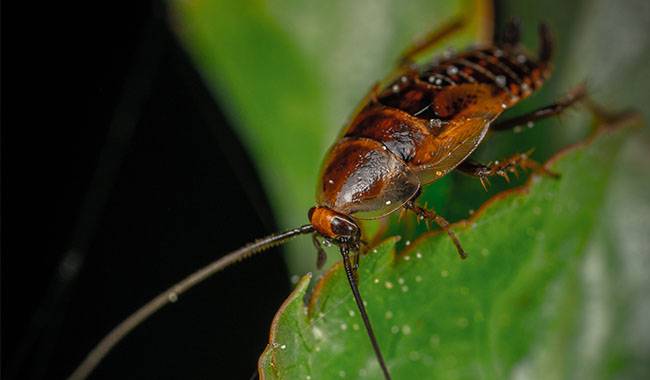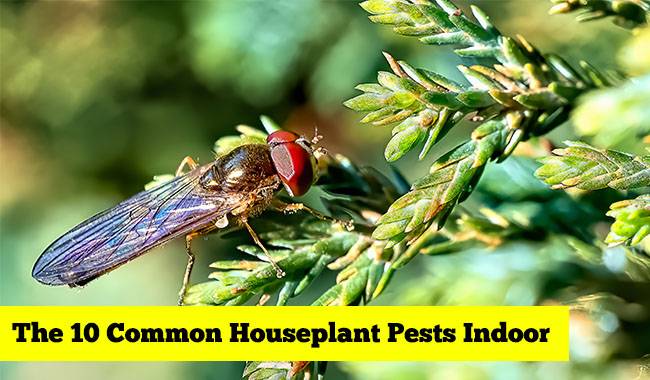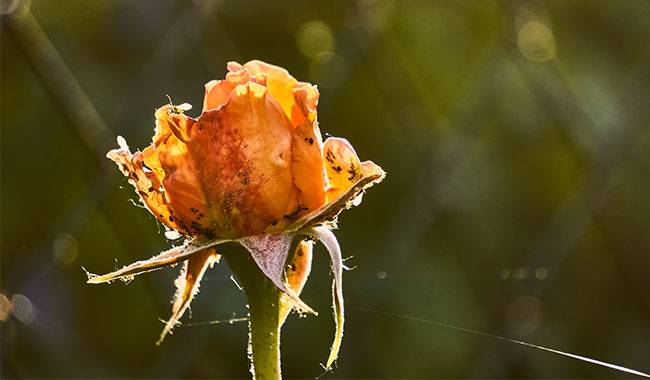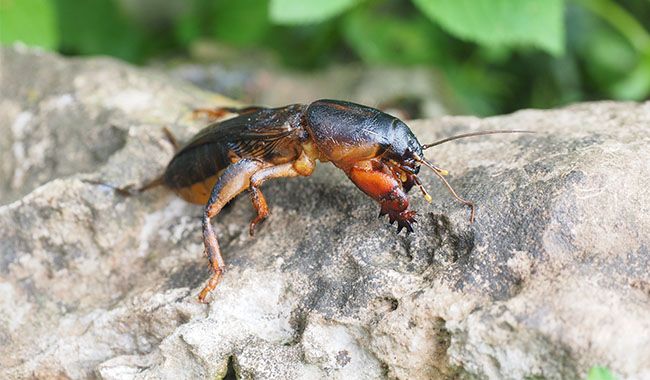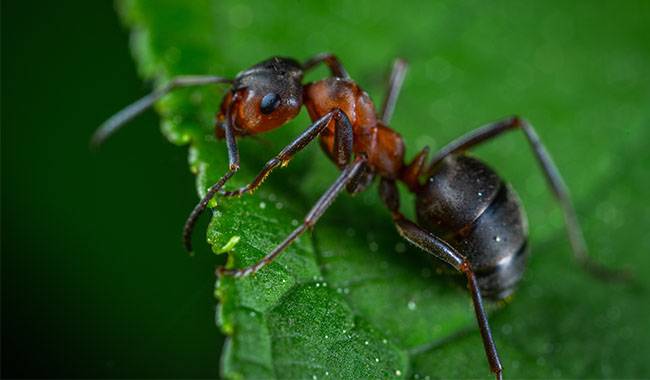
When I find ants eating aphids on a pear shoot, or in a dog bowl, or in a beehive with bees, I want to kill them all. Then, watching a dozen ants holding a caterpillar toward their dwelling, I calm down and be nice to them.
As I trimmed the bed with roses, I found the ants’ nests with passages dug deep into the dense soil under the rocks that surrounded them. I wanted to shake hands with each ant because digging in this mud is hard labor. This will be the article about the relationship with these ambiguous creatures.
ANTS ARE AMAZING CREATURES
Ants are so common that interest in them is somehow unacceptable. It is futile! The study of different ant species can provide many new subjects for literature, computer games, and stories to tell at leisure.
For example, the female yellow plowshare ant knows how to infiltrate the family of another ant species and charm the entire colony! So much so that the ants kill their own females and start serving the offspring of other ants.
Malaysian worker ants are able to show their kamikaze: under serious attack, the ants will tear their abdomen with muscle tension and spew out a substance that sticks to their enemies!
Amazonian ants steal the nymphs of other ants from their nests, from which they produce “slaves” to serve the nest and obtain food. The damsels themselves specialize in raiding activities.
Weaver ants use their larvae as a tubular quick glue, using thin glue threads to hold leaves together and build housing for the entire family.
Ants in the tropics create entire mushroom farms, competently preparing substrates, “weeding” and regularly cutting off unnecessary fruiting bodies, feeding the mushrooms, and getting food for the whole family. Waste vegetation is disposed of in specially prepared waste disposal chambers and tightly sealed.
By the way, one of the antifungal antibiotics used by leafhoppers to ward off pathogens is taken by humans and is called nystatin. Not only that, but there are also small predatory ants living in their plantations, guarding the fungus against legends.
In the Amazon jungle, the ants create “devil’s gardens” with the plants they want, destroying all other plants. To fight the plants of other species, ants use a herbicide. And in the plants that are useful to them, they live by themselves and grow swarms of mealybugs, using them as an analogy to aphids.
Some species of ants have adapted to accumulate liquid carbohydrate food (aphid secretions, etc.) as a reserve. Some ants store their food directly inside the ants, and they have this particular population with particularly swollen bellies – “honey buckets”. In times of famine (usually during drought), these supplies are consumed by all members of the family.
Everything described above is just a small part of the ant world. These insects competently build shelters under the ground, on the ground, on rotten trees, on treetops, and inside human dwellings made of any material. As for social organization, providing stable jobs for huge families without logistics, management, or daily meetings, goes without saying.
ISOLATION ANTS
There is much to learn from ants besides mushroom farming, vegetable gardening, and building. in 2018, the University of Lausanne conducted an experiment on black garden ants. more than 2,000 ants were glued with barcodes on their backs and their movements were tracked with infrared cameras.
Some of the ants were infected with a parasitic fungus that has an incubation period of 2 days and then germinates inside the ants, forming spores that spread around and infect other ants. Ants are very social animals and they have limited space.
Therefore, before the first symptoms appear, the family removes the infected person from the anthill. They themselves stopped contact with their healthy relatives. This sanitary measure is not the end of the line: the ants hide their eggs and larvae, and only those ants remain to care for them.
All the other ants limit their contact to a minimum, dividing the duties of the sick among themselves.
As a result, women, nannies, and children were not infected.
CHARACTERISTICS OF THE LIFE OF ANTS
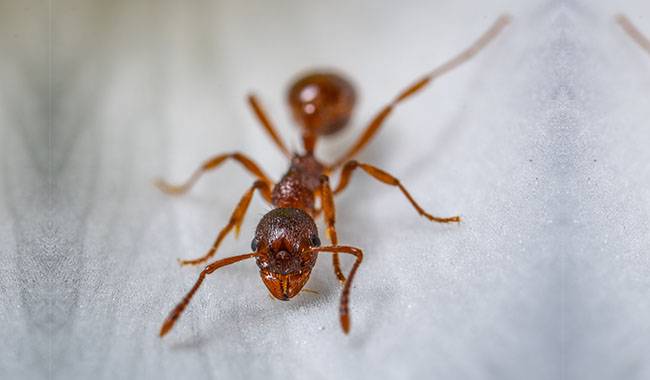
I would like to see ants use their abilities for the benefit of the gardener. Unfortunately, so far, it has not been possible to reach an agreement. So, we will have to find a compromise solution. To do this, it is first worthwhile to conduct a detailed study of the future collaborators.
Black garden ants, pale ants, turf ants, or red-cheeked ants are most likely to be encountered in the garden. There are also brown forest ants (gray-black ones, by the way). There is no fundamental difference between them.
ANT FAMILY STRUCTURE
An ant family consists mainly of female specimens: sterile workers, knotty females or queens (there may be several in the family), and male specimens that reproduce exclusively for female fertilization and die after mating. If you encounter a group of winged ants, it means that the young have grown up and flown out to mate. Each fertilized female creates a new nest.
It is not correct to call the queen at all, because she has no authority. The ants have no respect for her. And the more females there are in the nest, the less respect they are treated. Worker ants may move females to other parts of the nest, exchange them with neighboring ants, and kill unproductive ants.
By feeding regime ants are able to change the caste ratio in the family (foragers, guardians, nannies, food managers, cleaners, etc.). Nevertheless, the females are well cared for and protected because the survival of the family depends on them.
Unsuccessful attempts to kill the ant mound are usually due to the fact that most of the worker ants die, but the females and brood remain.
After some time, new ants emerge from their pupae and everything starts again. Female ants have a long life span. The captive record for the black garden ant is 28 years!
CHARACTERISTICS OF THE ANTHILL STRUCTURE
The garden ant hill is mainly located below the soil level. Or there is a small above-ground section. All anthills have multiple passageways, rooms, and storerooms in which families live. In the most comfortable area (warm and humid), “nurseries” are placed: some with eggs, some with larvae, and some with pupae.
An obvious advantage is an immobility (eggs and pupae) and low mobility (larvae) of the baby ants. A nursery teacher’s dream.
They may move the babies to other places depending on the season and weather conditions: in hot weather, they will live deeper underground where it is cooler, in rainy weather – in less humid places, etc.
When ants build dwellings (and it happens constantly), for their size, they eradicate a lot of soil and constantly organize new entrances and rooms. I would say that those who want to dig an anthill and move it to a neighboring forest have some serious work to do.
By the way, the soil in the anthill area is quite fertile: ants tend to dispose of garbage, corpses, and scraps in special rooms and then seal them up.
WHAT DO ANTS EAT?
Ants mainly eat carbohydrate food: nectar, honeydew (sweet secretions of aphids and worms), sweet secretions of some plants (oak and hawthorn leaves, sunflowers, sweet shoots of some plant seeds). But in order to feed their larvae, they need protein food, where ants act as scavengers and hunters of insects, caterpillars, eggs, and larvae.
They love the eggs of iodine mites, and they can’t settle down after dragging an entire colony into the anthill. They can also eat mushrooms and juices. They steal honey from bees and pick up dried food crumbs from dog bowls.
SIGHT AND SMELL OF ANTS
Scent plays a very important role in the life of ants. Each ant has glands that secrete signal pheromones with which it communicates. This is a means of communication. Some ants are able to use “propaganda pheromones” to make their enemies kill each other. The sensory organs that sense odors, vibrations, and wind are the long, jointed antennae on the head, which are also used for tactile contact.
As for vision, it is inferior to that of mammals, despite having two faceted eyes on either side of the head and three simple eyes on the top of the head that determine the level of illumination. As a result, ants respond better to movement and it takes more effort to stare at a stationary object.
For carrying heavy objects, construction, and warfare, ants are equipped with powerful mandibles on their heads.
Fortunately, our ants are not particularly stinging and venomous ants. They simply emit caustic antacids from their stinger located on the abdomen. They also pinch with their mandibles.
HOW DO YOU KEEP ANTS AWAY?
You may have to accept the idea that you can’t kill ants completely. You can poison some ant families, but new ones will come quickly.
By the way, the complete absence of ants at the site indicates that it has an unhealthy ecology and sometimes even an elevated radiation background.
It is best to repel ants with ant-sensitive scents. In every garden, there are places where ants are undesirable. For us, it’s the hive with the bees. From time to time I use peppermint essential oil to coat the bottom of the surrounding hives – ants don’t like it much.
Although the mint plant itself doesn’t give them any trouble – they just don’t mind living under rocks in the bushes. However, I’ve seen pale ants there, not black garden ants.
At home, you can add peppermint essential oil to the water as a preventative during wet cleaning. If there are places where ants are running, you can put a piece of the film there and rub peppermint oil on it. The room also smells nice and pleasant. Ants can’t stand the smell of ammonia either.
Quite an effective deterrent is smoking cigarette ashes. This was discovered by accident. When a water vole ate part of my beet, I dug the hole it had made in the bed and dumped the cigarette butt into it. I also sprinkled water to make it stink even more.
The mouse hasn’t appeared for three years and the ants that lived under the bed fence have disappeared. This experiment demonstrated to my husband who smokes, did not have any effect in discouraging smoking.
I did not try to destroy the ants’ nests from the roots because I did not think they were harmful.
I sprinkled the bed with dry soda before the strawberries firmed up: the ants ran around on the soda without any obvious side effects, but once one ant released formic acid, the chain reaction began: the microbial explosion triggered the other ants to defend themselves.
It’s not fatal to the family, but the survivors won’t go so far as to warn the others (their communication and training is top-notch!). The strawberry is intact during ripening.
ANTS AND APHIDS
There is a hazy story of aphids on trees eating grass. I couldn’t find anything in the serious literature about dragging aphids from the nest to the tree and back again. It makes sense, though, that the sky is high enough for the aphids to be blown away by the wind and washed away by the rain.
Yet, aphids are able to hide their eggs in the scales and cracks of tree buds, where they overwinter undisturbed, as aphids are wont to do.
But when the young aphids hatch out and begin to process the sap of the young shoots into honeydew, the ants are sure to find them, protect them, and milk them. But in autumn, when the shoots are rough and the aphids have hardly been milked, the interest of the ant farmers turns into a delicacy and the aphids are dragged into the nest and eaten.
Black garden ants take care of different species of aphids. Where there is a wide variety of herbaceous plants in the nesting area, they like to milk and eat aphids on herbaceous plants so that they don’t have to climb tall trees every time. But if there is not a single grass in the garden, they have no choice.
The botanical article “Aphids and ants – how to deal with them” also expresses doubts about ants dragging aphids. How can aphids drag when their developmental cycle has several generations per season? Only the eggs overwinter, and for some species in warmer regions, the larvae overwinter.
There are some species of aphids that are parasitic on the roots, did someone jump to the wrong conclusion by seeing these aphids in an ant nest?
If the ants are prevented from entering the tree, the aphids that emerge from the eggs will suck the shoots and leaves, but their sweet secretions will be deposited on the leaves. Subsequently, the sooty fungus will inevitably appear there.
BIOLOGICAL BALANCE
The life of a gardener is essentially an endless battle: against unsuitable climates, weeds, rodents, insects, fungi, bacteria, and viruses. Apotheosis is a battle against crop maturation. There is not a minute of peace! Instead, behind the fence or on a neighbor’s abandoned plot, raspberries grow without a care in the world, all the way to the top of the grass, sweet and big.
In nature, the biosphere is regulated, and insects, ants among them, occupy the same niche. Numerous animals, from bears to sacred bodies (parasitic insects) optimize their numbers. In addition to the aurochs, there are active parasites: limpets and blue butterflies.
If you are in an area where it is difficult to get bears to control ants, then you only need umbrella flowering plants (celery, parsley, dill, woodruff, even gout), where their larvae will wait for ants, which will come to get their nectar.
The food of ants includes lizards, moles, hedgehogs, frogs, and toads. Ants are an important food for live lizards and jumping lizards, which are common throughout much of the United States.
From birds-green woodpeckers and worm necks. In addition, wormholes prefer to eat only garden ants and feed only ant larvae to their children. By the way, a very interesting bird pretending to be a snake in an emergency. Many species of ground beetles consume ants.
There are no special requirements for ants enemies, they will solve a plot in the first place. The available food is the most effective bait! The only wish – to use fewer chemicals to kill all living things.
And for insect predators, it is better to plant flower umbrellas around the site. Common nectar-bearing plants are not suitable, and not all of them have such long proboscis as bees and bumblebees.
The ecological niche of ants includes their utility. Ants disperse some plants that are adapted to this very variation, for example, native plants.
Regarding soil loosening already mentioned, here we should also add health improvement – ants treat their dwellings from pathogens. And the remains of their life activities do not spoil the fertile soil.
Ants handle the corpses of various insects and larvae, they are hygienists. Hunting many small and not so small insects and larvae, and dragging the eggs of various insects to their children with great enthusiasm, greatly reduces their numbers.
Friends, perhaps try to get along with ants?




